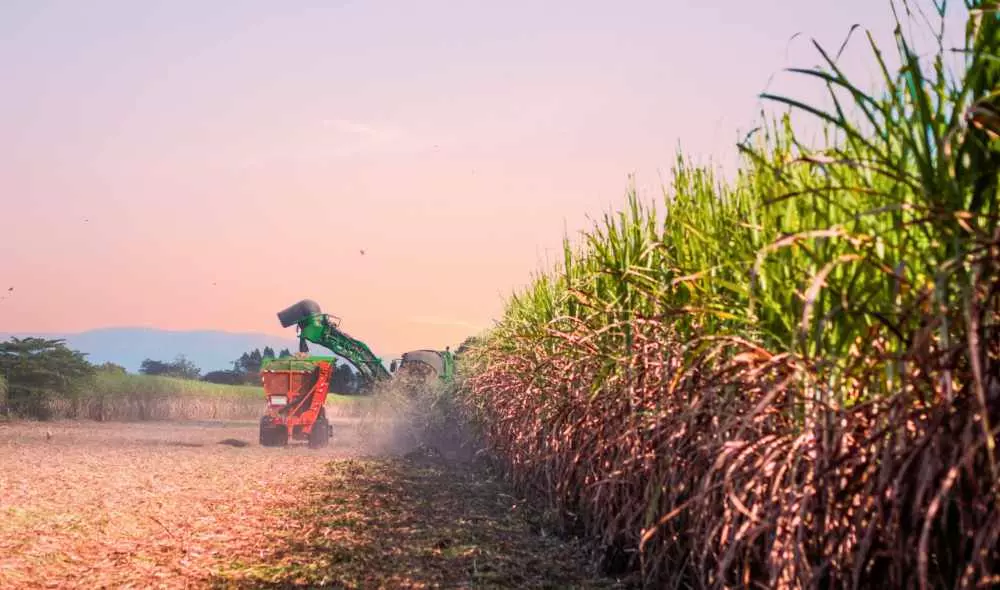
What is biomass?
Biomass is organic materials from plants and animals. Some examples: agricultural crop residues, wood wastes, animal wastes, aquatic plants, and municipal wet waste.
Agriculture is the largest livelihood provider in India. Agricultural waste is available in plenty. And so most biomass is primary agro-waste. If not used for biomass energy, the waste is discarded by farmers and ends up in landfills.
Biomass is converted into energy, most commonly by direct combustion. Watch this video by Green Mountain Energy to understand how biomass energy works.
Biomass sounds like it’s renewable, what’s the debate?
Some people say biomass is renewable only when used attentively. If not, it can go on to produce as much pollution as coals. And we agree. Here’s why:
“Burning either fossil fuels or biomass releases carbon dioxide (CO2), a greenhouse gas. However, the plants that are the source of biomass for energy capture almost the same amount of CO2 through photosynthesis while growing as is released when biomass is burned, which can make biomass a carbon-neutral energy source.” – U.S. Energy Information Administration
While both fossil fuel and biomass emit CO2, plants eventually regrow to absorb the emitted CO2. Biomass energy is renewable because it is made of waste and can be replaced quicker (5-10 years) compared to fossil fuels (a million years). On the other hand, if plants and trees are cut down to produce raw materials for biomass, it isn’t a renewable source of energy.
For this reason, not all biomass is renewable. It depends on the nature of raw materials.
India’s biomass potential
A few months before the Paris Climate Summit in 2015, India set a target to reach 175 GW of renewable energy by 2022. Of which, 100GW was solar, 60GW was wind, 10GW was biomass power and 5GW was small hydropower.
As of October 2022, India is yet to achieve the solar and wind targets. But we’ve already achieved the 10 GW target of biomass power. Thanks to over 800 biomass plants installed across the country. This was possible because of abundantly available agro waste and robust technologies.
This proves the potential of the biomass industry in India. However, like any other sector, it has its own set of challenges. At Buyofuel , we solve one of them: inefficient agricultural waste collection and transportation.
With a strong structure and awareness, we are helping piece together the fragmented sectors of waste, biomass production, and energy consumption in India.



